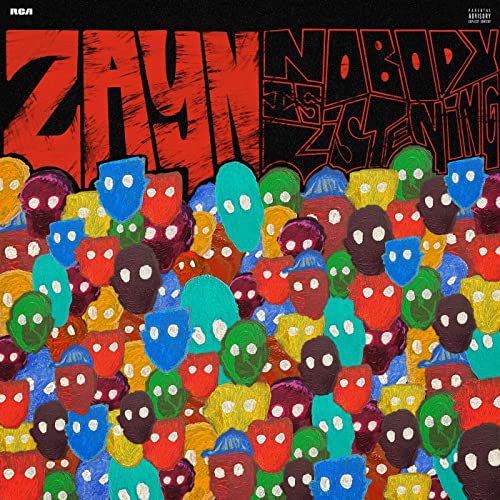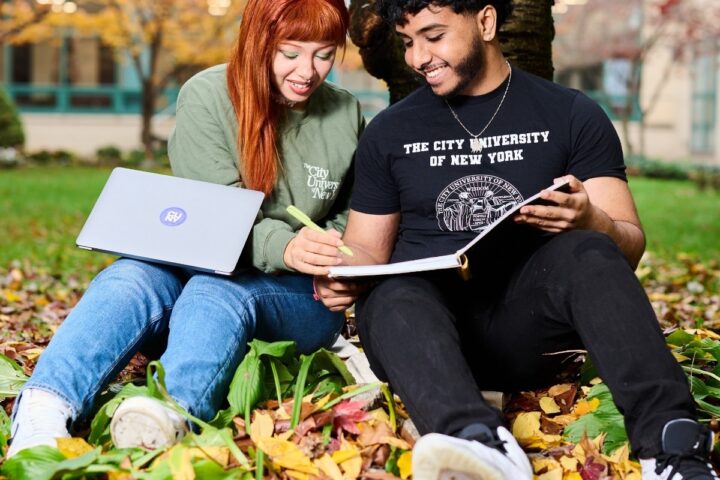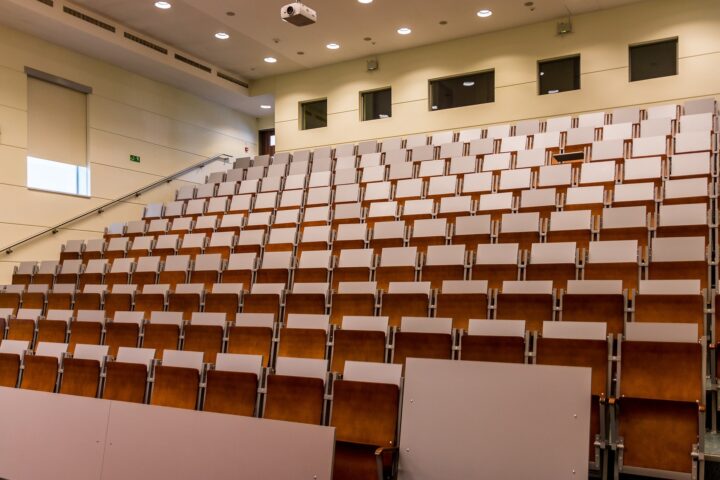Art and modern culture continues to have a strong presence in Queens College’s community through the Godwin-Ternbach Museum. The museum brings a variety of thought provoking exhibits to the campus. The exhibit entitled, “From the Desert to the City: The Journey of Late Ancient Textiles”, is on display until Dec. 13th and places textiles from Late Antique Egypt in multiple contexts. One of the contexts of the textiles is their original use in the 3rd-7th centuries.
Another context of the textiles is the rediscovery of them in the early 20th century. The last context in consideration is the textiles’ reception in the present day. Queens College art history major and alumnus Ava Katz spoke about the exhibit at a talk on Nov. 29th, highlighting the textiles with a focus on three themes: late antiquity, archaeological discovery in the late 19th and early 20th centuries and how textiles influence contemporary artworks.
Katz explained how she came to do research in the museum. “When I was interning at the museum, we spent a lot of time organizing things systematically. I spent a lot of time with the objects themselves so that, when organizing then, they would make sense when we needed to use them for something else. Just because I was in such contact with the textiles, I felt very connected to them, and I volunteered ASAP. I thought I would be doing background research (on the themes and what they meant). However, upon researching antiques, and how they were treated, as well as how art dealers dealt with them, I got a lot of encouragement from Professor Woodfin to keep at it”.
Katz made the contention that art dealers handling of textiles was quite different in the late 19th and early 20th centuries, as opposed to how art is handled now. She emphasized her point through several exhibits, wherein the art was modified in some way. One instance of this can be seen in the textile [see image]. In the textile pictured, a face was drawn onto the textile.
“There’s no way to do this in weaving, that’s just impossible. This looks like a drawing. This is part of the conversation of what I want to talk about. Art dealers would cut and paste from different textiles, in order to make things more beautiful. You can see that the center has no connection to the border surrounding it. The art dealer did a good job putting together these modern threads. Nowadays, an art dealer would never introduce threads and insert a painting into a textile, but at the time, it was acceptable.”
Aside from the behavior of art dealers, Katz provided an interesting analysis on one of the exhibitions at the museum. She talked about a tunic with two amulets, and how this was an example of superstition at the time. These amulets were weaved onto the tunics, and these tunics were placed on the children to protect them.
Overall, the exhibit was a historic walk through time. Katz provided an excellent in depth look into the treatment of textiles from art dealers, as well as an analysis of cultural objects at the time.
When asking Queens College students on whether they’d be interested in attending the exhibit, there were mixed opinions. Sophomore physics major, Victoria Lombardi was interested: “You’d figure that art would just be a piece done by the original artist, and nothing more. It’s interesting to see that different art dealers come into play and switch things up, and also a little shocking!”
Junior math major Hanae Elmanasir agreed stating, “Textiles in my mind come across as a collaborative effort, so it’d make sense that the people handling the art added a bit of their own style or thought”.
This exhibit ends Dec. 13th and can be found in Klapper Hall, room 405. It is certainly worth the visit!













